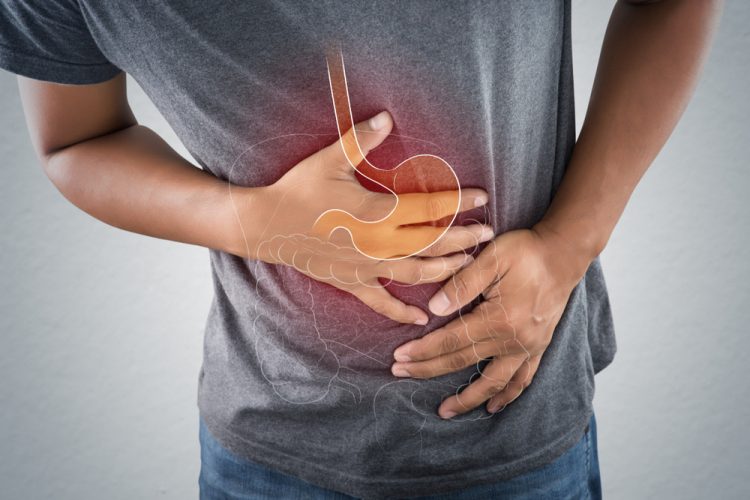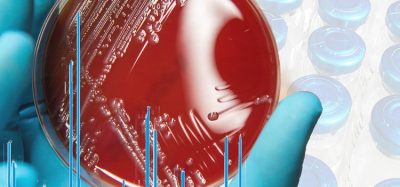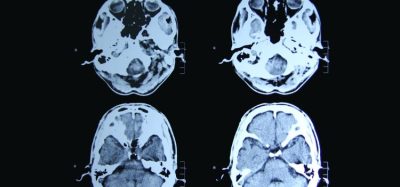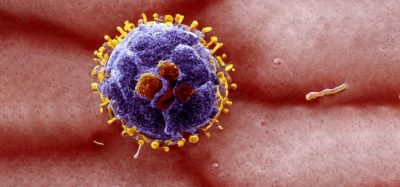Crohn’s patients achieve 65 percent clinical remission with Tremfya®
Posted: 17 November 2021 | Anna Begley (European Pharmaceutical Review) | No comments yet
At week 48 of the Phase II trial, 65 percent of patients with Crohn’s disease receiving Tremfya® achieved clinical remission.


Janssen has announced topline results from the Phase II GALAXI 1 clinical trial which showed rates of clinical remission – Crohn’s Disease Activity Index [CDAI]<150 – previously reported at week 12 increased at week 48 among adults with moderately to severely active Crohn’s disease (CD) treated with Tremfya® (guselkumab). At week 48, 65 percent of Crohn’s patients receiving Tremfya achieved clinical remission.
GALAXI 1 is a double-blind, placebo-controlled, multicentre Phase II dose-ranging study evaluating the efficacy and safety of Tremfyain participants with moderately to severely active CD with inadequate response/intolerance to conventional therapies (corticosteroid, immunosuppressives) and/or biologics (TNF antagonists, vedolizumab).
Participants were randomised equally into five treatment arms, including treatment with Tremfya dosed at 200, 600 or 1200mg intravenously (IV) at weeks 0, 4 and 8, respectively; or treatment with the reference arm, ustekinumab, dosed at ~6mg/kg IV at week 0 and then dosed at 90 mg subcutaneously (SC) at week 8; or IV placebo. Comparison with placebo was not conducted beyond week 12.
The primary endpoint of the Phase II GALAXI 1 study is change from baseline in CDAI scores at week 12. Additional key outcomes evaluated at week 12 include clinical remission (CDAI<150), clinical response (decrease from baseline in CDAI ≥100 or CDAI<150), Patient Report Outcome (PRO)-2 remission (abdominal pain mean daily score ≤1 and mean daily stool frequency score ≤3), clinical biomarker response (clinical response and ≥50 percent reduction from baseline in C-reactive protein or fecal calprotectin), endoscopic response (≥50 percent improvement from baseline in the SES-CD), and safety in participants treated with Tremfya compared with placebo. Participants may receive treatment through five years.
Janssen previously announced week 12 interim analyses from the 48-week, double-blind, placebo-controlled, multicentre Phase II dose-ranging GALAXI 1 study. The primary endpoint of the Phase II study is change from baseline in CDAI scores at week 12 in patients treated with Tremfya compared to placebo. Overall, all Tremfya treatment groups during the 48-week treatment period in GALAXI 1 had comparable safety data, consistent with the known safety profile for Tremfya.
Tremfya is the first approved fully human monoclonal antibody that selectively binds to the p19 subunit of IL-23 and inhibits its interaction with the IL-23 receptor. The drug is under investigation and not currently approved for the treatment of CD in the US.
The 48-week GALAXI 1 results mark the first long-term data evaluating Tremfya in moderately to severely active CD. Phase III clinical trials evaluating the drug for the treatment of moderately to severely active CD and moderately to severely active ulcerative colitis are ongoing and enrolling participants.
Related topics
Clinical Trials, Data Analysis, Drug Safety, Research & Development (R&D), Therapeutics









